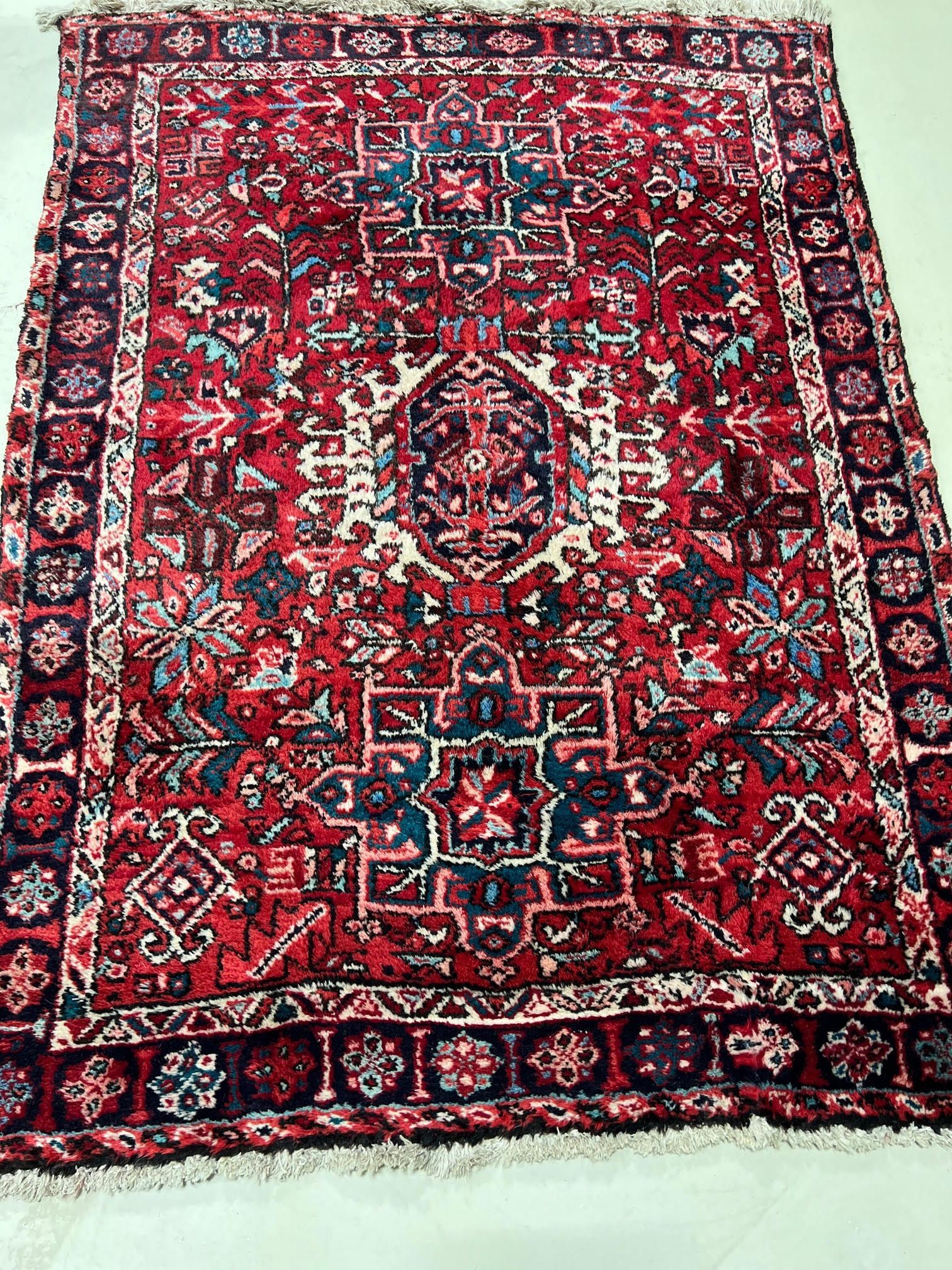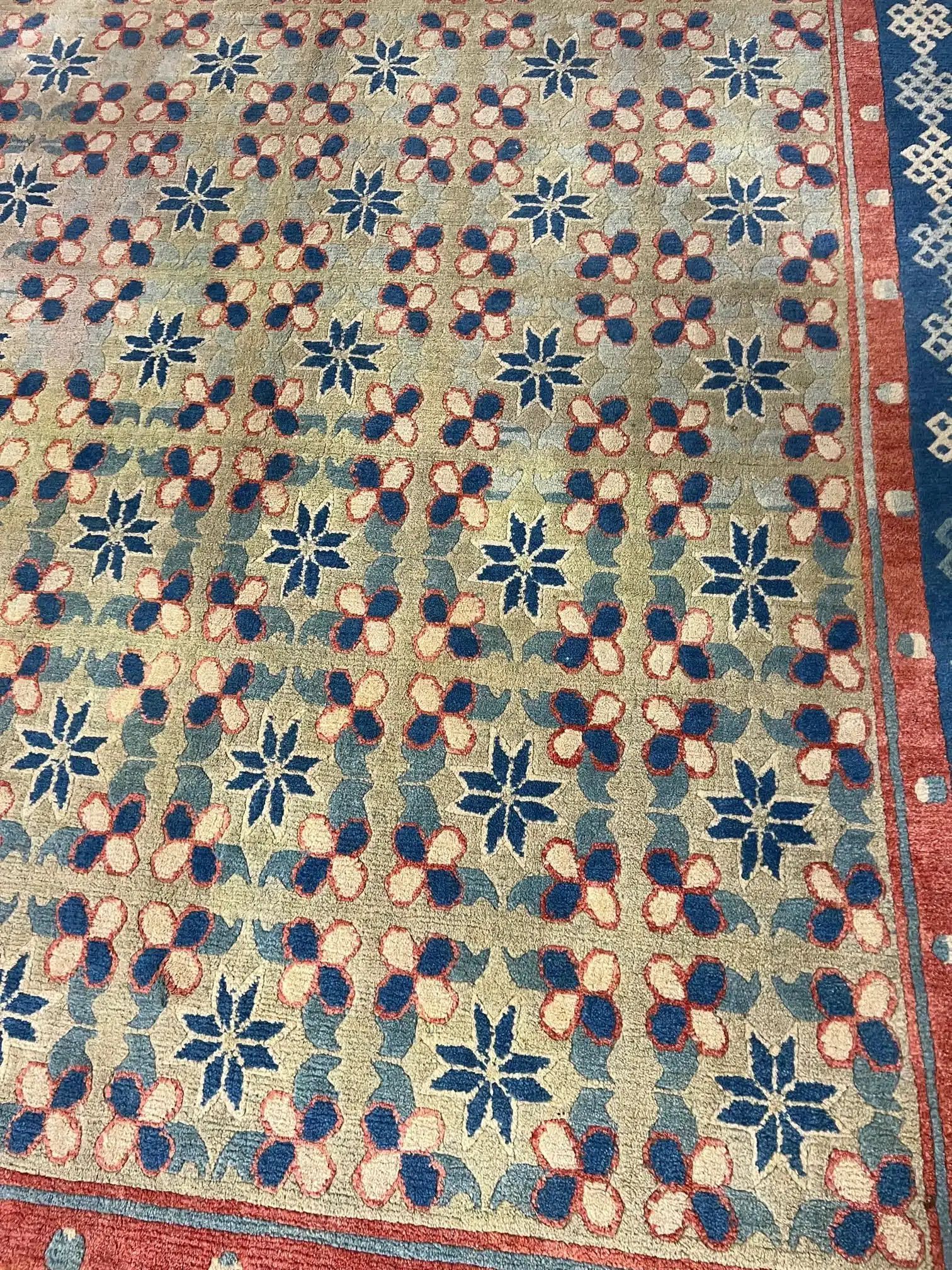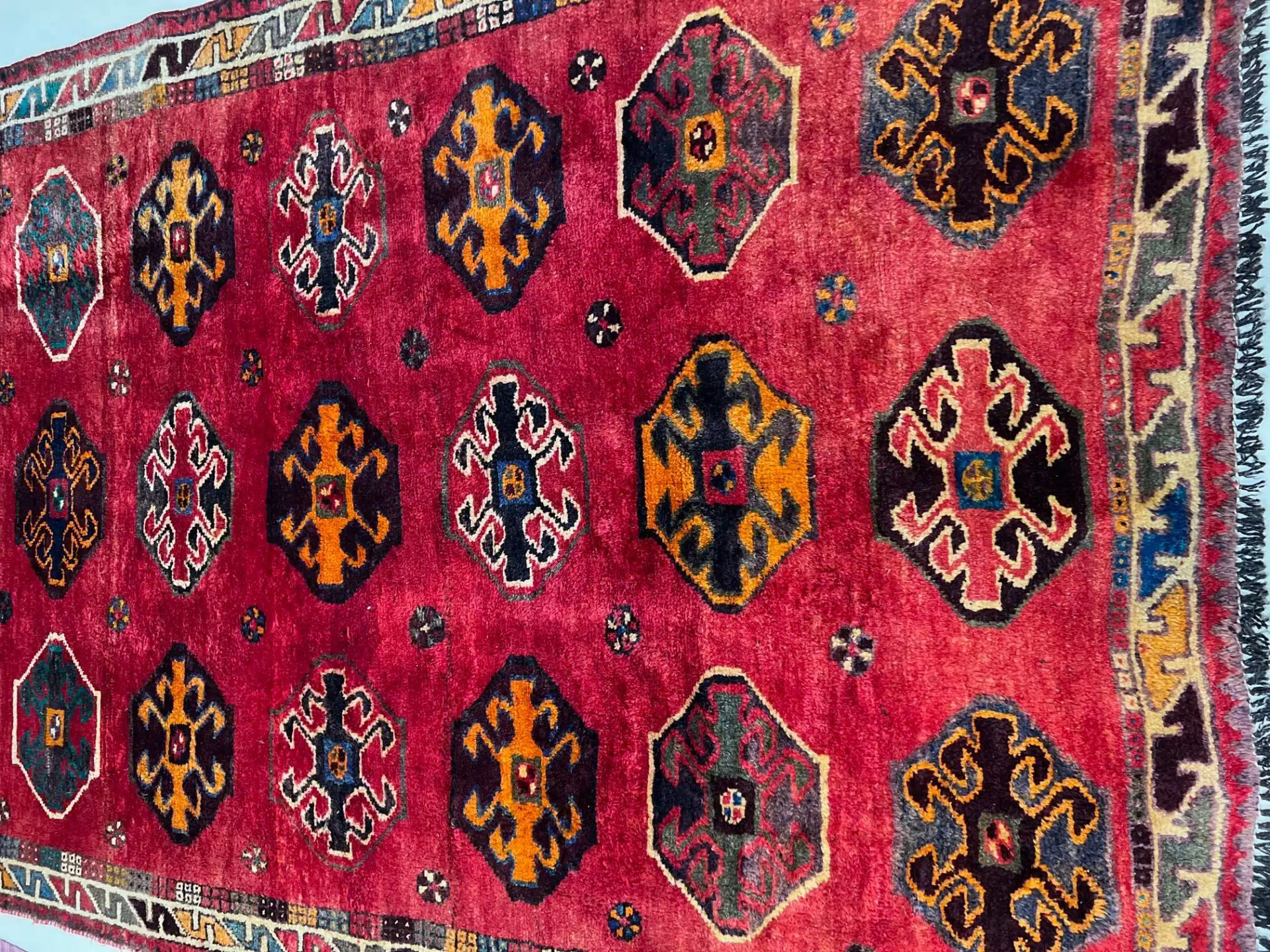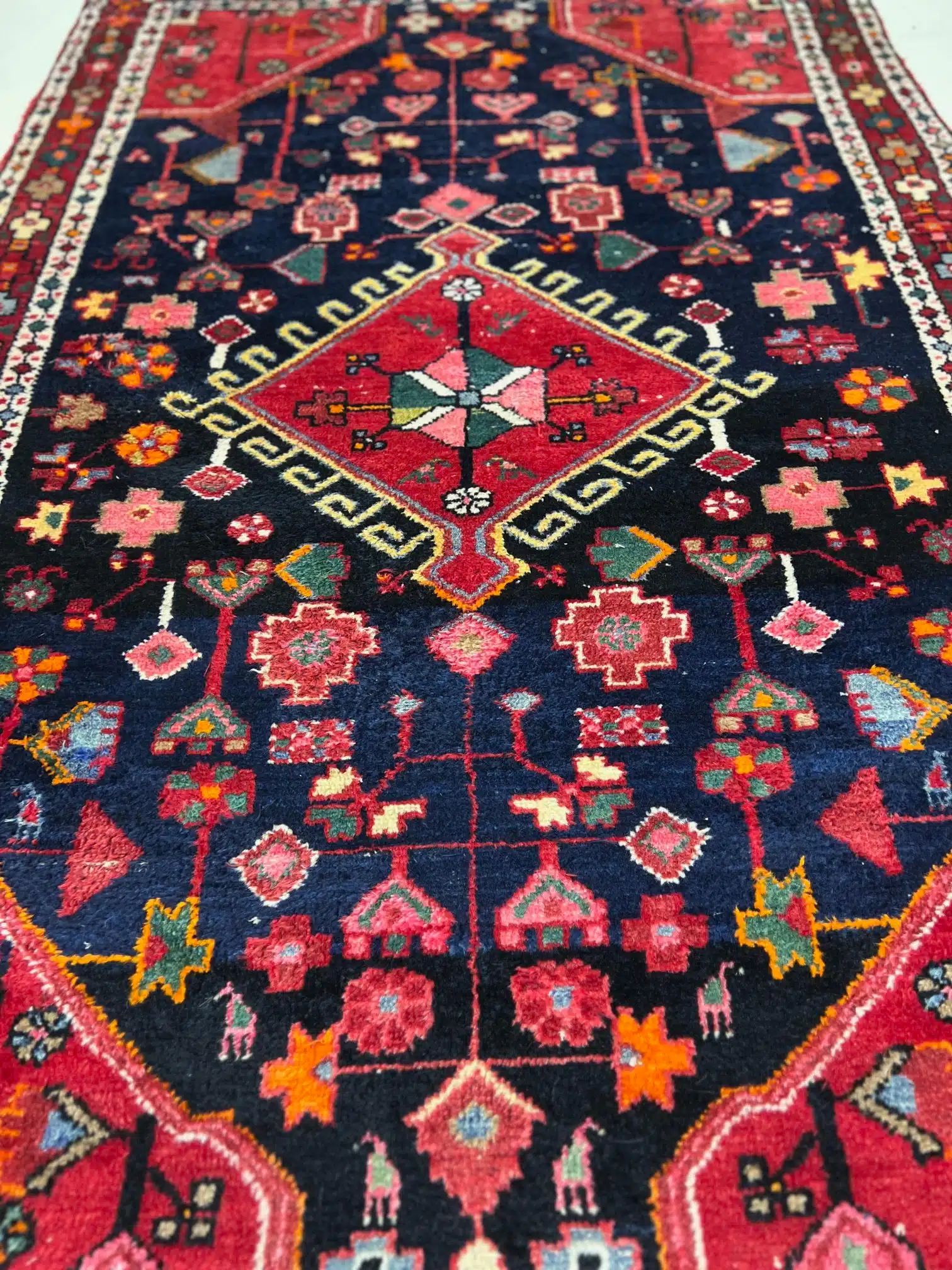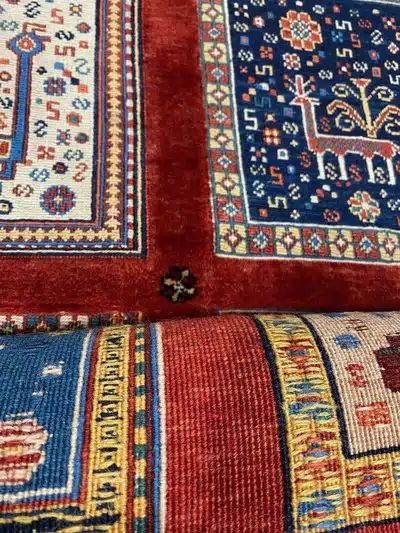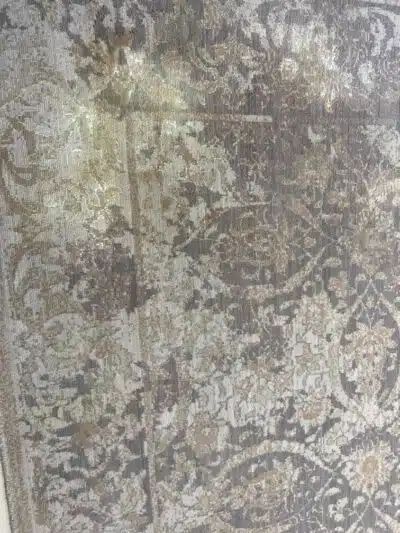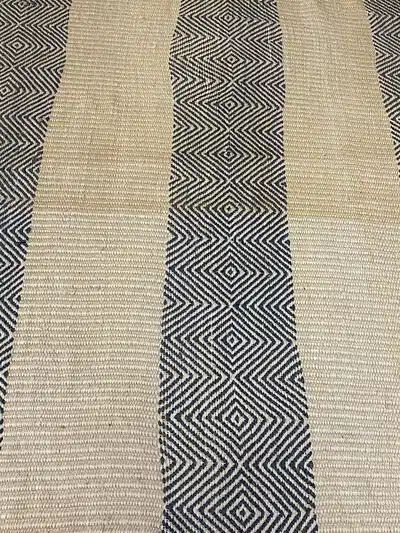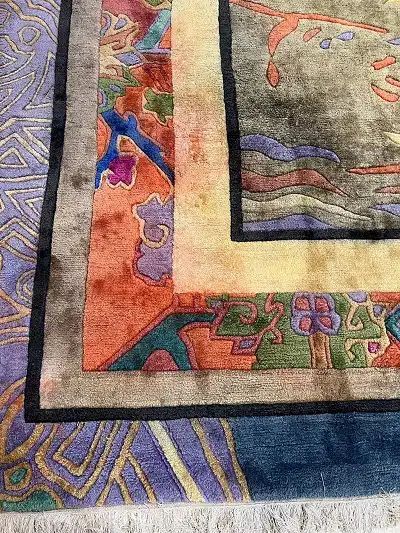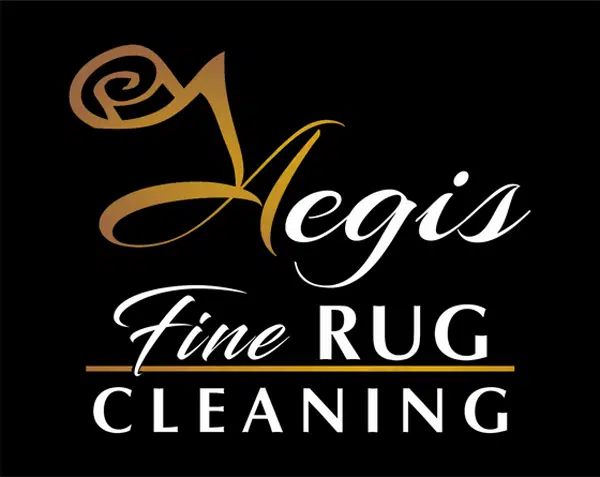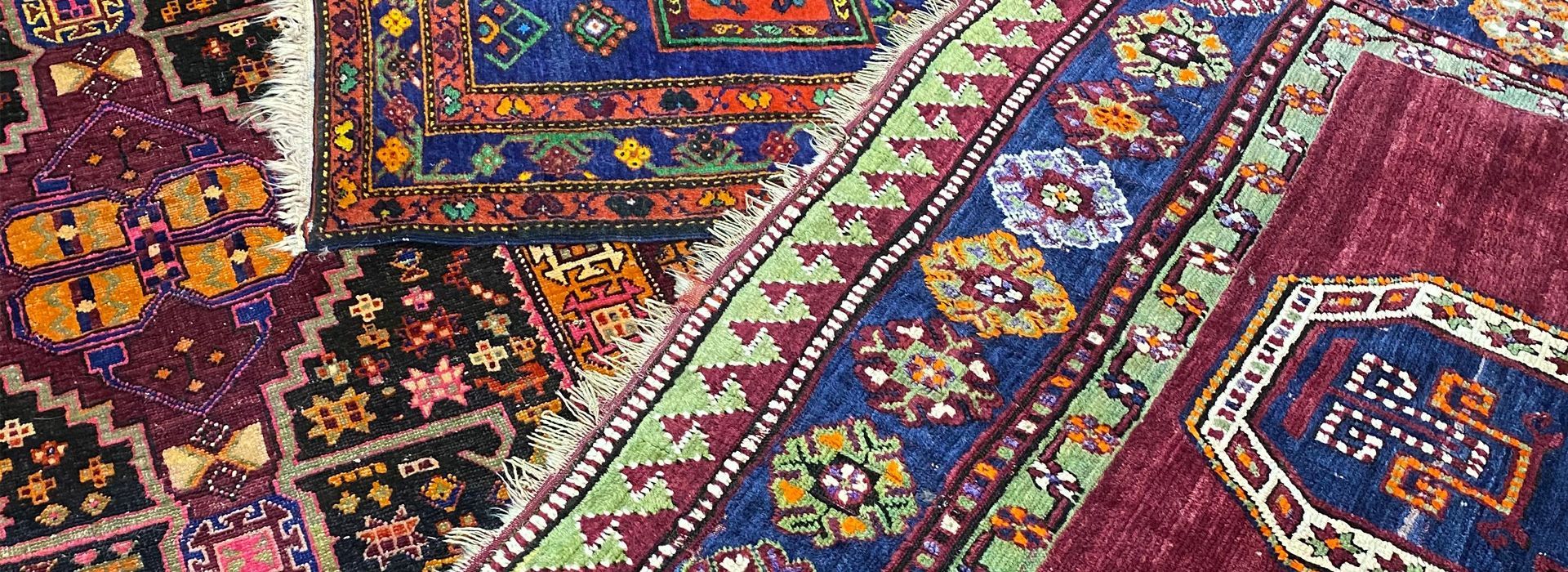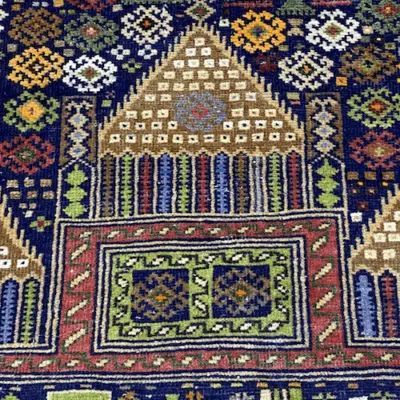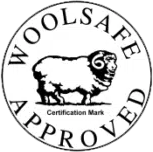Understanding Tea-Washed Rugs
Before Cleaning a Tea-Washed Rug, You Should Know.. .
Tea-washed rugs are very common in today’s marketplace. Tea washing gives rugs an antique sepia-tone effect. A tea-washed rug has been overdyed with a brown or golden dye or treated with a chemical to darken the rug and make it look older. This treatment is also called henna washed or antiqued. Traditionally, this effect was achieved by packing rugs in tea leaves, but today it’s almost always done with chemical treatments or dyes, and these treatments can cause three main problems.
3 Problems with Cleaning Tea Washed Rugs
- The chemicals used to tea wash the rugs can stink. This is especially true with lower quality tea-washed rugs.
- Some people are sensitive to these chemicals. Again, this problem seems to occur more frequently with lower quality tea-washed rugs. But if you or someone in your family is chemically sensitive, this is something you should keep in mind.
- The tea-wash treatment wears off and washes off over time. Tea-washed treatment is not permanent, and when it comes off it often comes off unevenly.
Higher quality tea-washed rugs shouldn’t have odors, and most people won’t have a problem with the dyes used in high quality tea-washed rugs. However, even a high quality tea-washed rug will eventually lose its treatment although not as fast as a lower-quality rug.
Why Tea-Washing Fades
When rugs are tea washed, they can be soaked in the chemical or dye solution, or the solutions can be sprayed onto the rug. These different methods of application will affect how the rug looks when it starts to lose its tea wash treatment. Because tea-washing changes the appearance, it can be used to hide previous color bleeding or stains in a rug. Sometimes unethical rug dealers will tea wash a rug to hide existing damage. As the tea wash wears off, the original damage is often revealed.
Be Careful Using Cleaners on Tea Washed Rugs
Over the counter household spot removers are too aggressive for wool face yarns and will almost always take some amount of the tea-wash treatment off. However, even gentle washing can take the treatment off as well, and when it comes off, it won’t come off evenly. The important thing to know about tea-washed rugs is that the tea-wash effect is not a permanent part of the rug.
The post Understanding Tea-Washed Rugs appeared first on The Austin Rug Cleaner.
